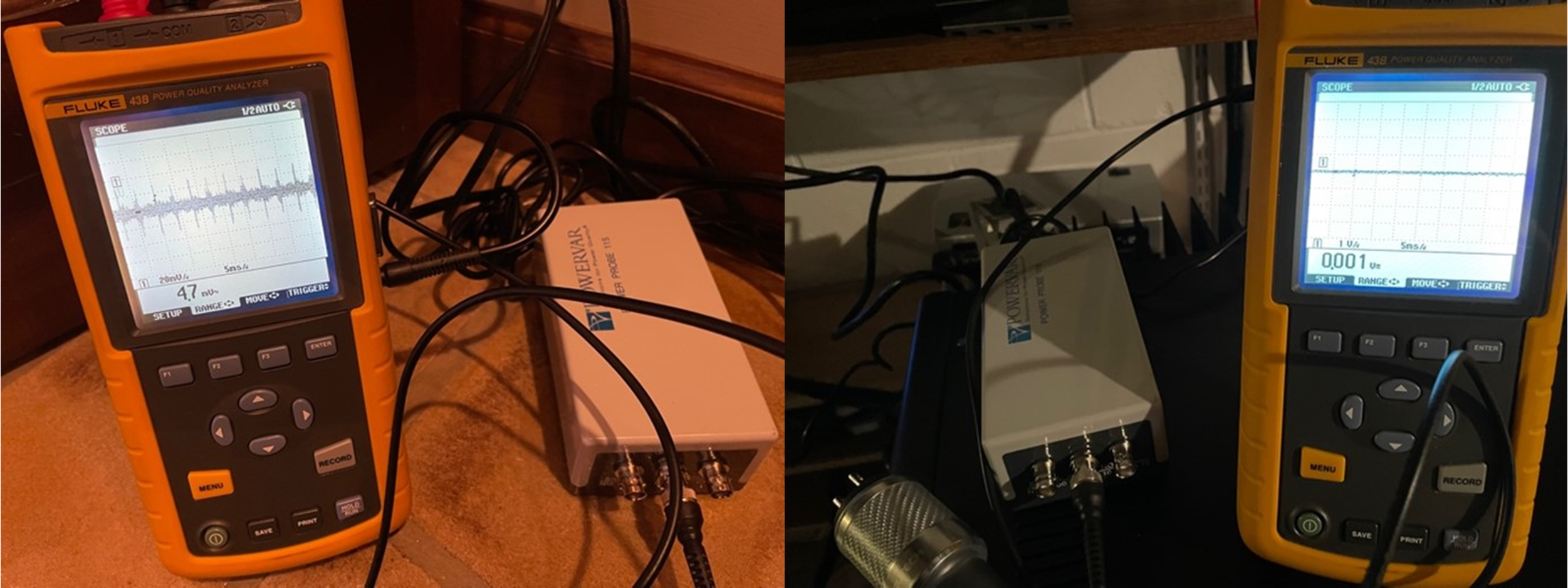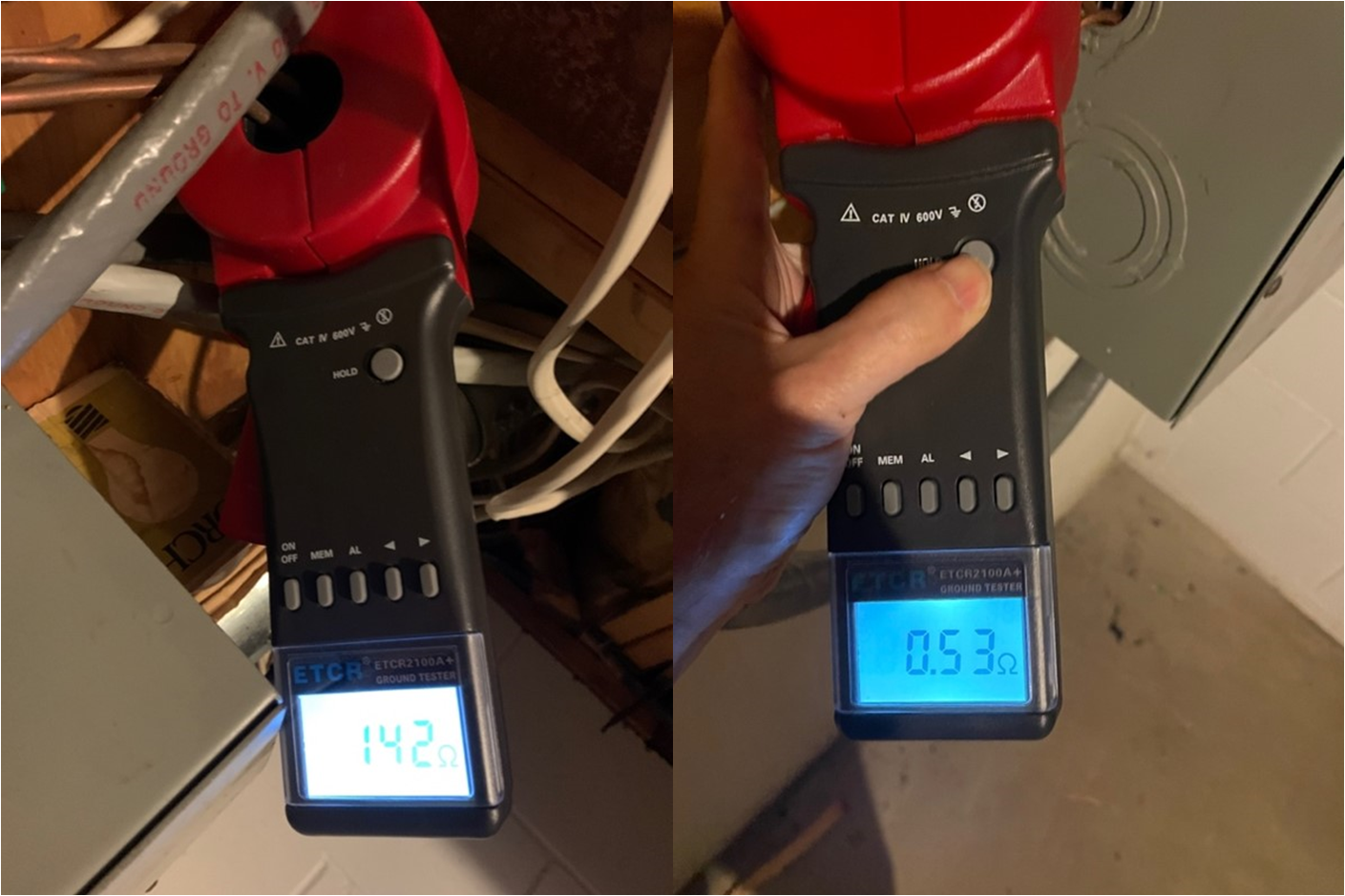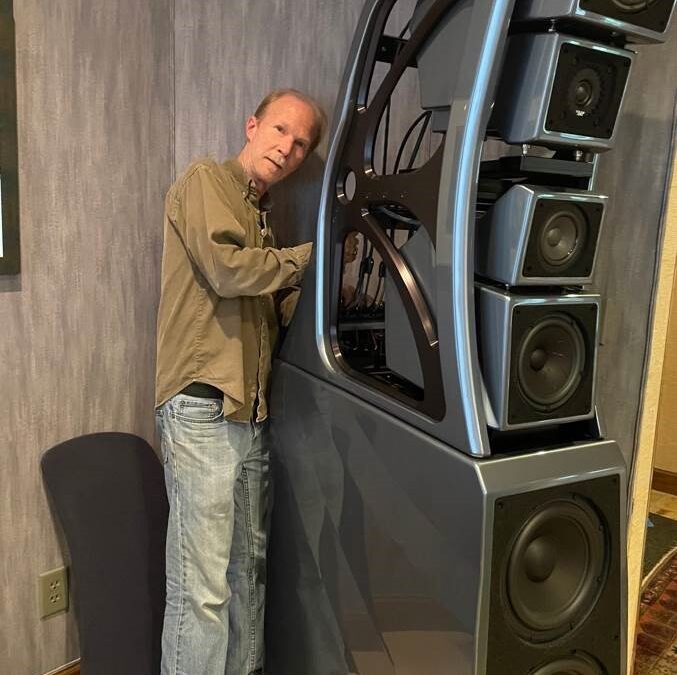Acoustics legend Norm Varney’s love of music spawned an entire career helping people improve their audio from the foundations of acoustics and power on up.
Norm Varney, Owner of AV RoomService in Johnstown, Ohio, got bit by the audio bug when he was no more than a toddler. At three years old, he saw the Beatles on The Ed Sullivan Show, which set into motion the entire course of his career. “In the end, it all boils down to one thing: Music. And reproducing it as accurately as possible,” says Norm.
After that first experience with the Beatles, Norm began to get into all kinds of music as a child and even started collecting records and playing the drums. But his true aha moment came when he was about eight years old. His family had some friends that lived in Hollywood. They went to visit their home, where Norm was confronted with a big McIntosh system with Klipsch Klipschorns speakers. “It was a revelation. I thought, oh my gosh, you can have sound like this in your home? It became my pursuit…I had to have it.”
Norm became the “go-to” guy that knew about audio. He was the AV tech for his high school. Along the way, he discovered how important the room’s acoustics were to the quality of the playback. And though he started out wanting to be a studio drummer, he was making more money helping people with their AV! He started hanging around stereo stores and becoming friends with the local audio community.
Naturally, as soon as he was able, he went to work for a local hifi shop—Cal Stereo. He then moved to Grass Valley in Northern California and worked for another local stereo store—Alta Buena Stereo—which he eventually purchased and owned for over a decade. Subsequently, MIT (Music Interface Technologies) hired him as Director of the Custom Installation and Home Theater divisions. His job was to design critical listening and viewing environments, AC line conditioners, and video cables. 
Continuing on his path to music nirvana and the holy grail of sound, Norm jumped at the chance to work with Owens Corning, which has one of the best acoustics labs in the world, located in Granville, Ohio. Norm was a senior acoustical engineer there, so he spent a considerable amount of time testing in anechoic and reverberation chambers.
Dabbling in electrical systems, he designed the very innovative and elaborate electrical system for the Scoring Stage of Lucas Films’ Skywalker Ranch and was the lead for the 2C3D and 5C3D Certification Programs for MIT. That’s where, you could say, another of Norm’s areas of expertise took shape. Not only was he an acoustics expert, Norm realized the power of electricity and its effect on audio quality.
In 2001, Norm started his current venture, AV RoomService. Over the years, his business has evolved from acoustical consultation to developing products for small private critical listening rooms—whether it be recording studios, a two-channel listening room, or immersive audio. Through his work at AV RoomService, Norm has had the opportunity to better many a system, including one in his own backyard in Bexley, OH.
But here was no ordinary customer. This particular client is an audiophile whose “ears can hear paint dry” according to Norm. His ear is so good, in fact, that he is now a beta tester for high-end audio companies such as Wilson and MIT. The client already had a $1,000,000 two-channel audiophile system and is continually striving to make that investment better. He hired Norm and AV RoomService to do just that, and the results were not only stunning but measurable.
Norm started with the room’s acoustics. “First, I did what I call ‘voicing’, which is optimizing the speaker/listener locations/positioning and acoustics for the room. Then we mechanically isolated all of his components with our Equipment Vibration Protectors and Cable Vibration Protectors. I also calibrated his turntable/arm/cartridge,” he says. After he took the acoustics as far as they could reasonably go without garnering the ire of the client’s wife, it was time to address the electrical system.
“We knew that by addressing the electrical side of the equation, there were gains to be had in system performance….simply because you are dealing with old residential wiring,” says Norm. And while Norm knew that an isolation transformer would be part of the solution, he had to convince the client. “I had to gain his trust on the electrical side and to do that, we set about our work in stages.”
The first stage was to address the grounded electrical, which measured a whopping 142 Ohms of ground resistance measured at the grounding electrode conductor. To those that don’t know, the IEEE recommends ground impedance of only 25 Ohms. AV RoomService was able to get the impedance in this home to less than 1 Ohm at the grounding electrode conductor, and 0.04 Ohms at the receptacle.
After the grounding was addressed, it was time to replace the existing electrical. With the amplifiers located in the basement, 20 feet from his main panel, Norm ran better wire (copper purity, gauge, and insulation) on three dedicated circuits—one each for each amplifier and the third for the preamp and source components upstairs. “All three included isolated ground home-runs, were the same length, and each run in RMC. We also improved the existing breakers and the receptacles, which provided audible improvements that the client recognized immediately.”
Next, it was time to broach the subject of power isolation. The client already had quite an investment in three MIT PCM Power Management Systems, which are designed to address differential mode noise reduction. However, Norm was focused on reducing the common mode noise—which was very high—even after adding dedicated circuits and improvements to ground plane. After warming him up to the idea of isolated power, the client agreed to a Torus Power WM100BAL unit.
The proof is in the pudding. Norm ran measurements before and after the Torus Power WM100BAL was installed. The result? “We took the total harmonic distortion from an 11.6% with harmonics out to the 15th order, down to 4.3% THD and a barely measurable 3rd harmonic, and nothing above. In addition, common mode noise went from 4.7mv to 1mv,” says Norm. “Beyond these measurable improvements in the system performance, I also wanted to protect the sensitive components in the system, as well as the client’s investment. Torus Power isolation accomplishes this and then some.”

Harmonics: Before (left) and After (right).

Common Mode Noise: Before (left) and After (right).

Ground Resistance: Before (left) and After (right).
Through it all, it became evident that Torus Power and AV RoomService share some common values and obstacles. “Neither acoustics nor power are very sexy things to talk about. However, the way I approach it is that they are both the foundation for the environment and help you realize the full potential of your equipment investment,” says Norm. “Unless your gear is operating in an optimal environment, you will introduce all kinds of anomalies into your system that your equipment cannot compensate for. You’ll never have the best experience, nor really get to know the true characteristics of your hifi equipment. You need a neutral, natural environment to begin with. That’s why acoustics and power are, to me, at the heart of every system.”
Further Reading
For more on common mode noise, read Torus Power’s white paper on how Power Transformer Attenuates Harmonics. This paper explains how the company’s NBT (narrow bandwidth technology) uses the natural capacitance of the toroidal transformer to remove both common mode and differential mode noise (using no LCR filter components which can cause harmonics and phase shift to the load and on the line back to the source) and the BAL units work to remove phase shift and distortion on current to the load above 50-60Hz line frequency.
